Monstera Dubia Shingle Plant
Monstera Dubai is a species of plant in the genus Monstera native to Central and South America. In a natural environment, the plant leaves lie flat against the trees to climb. That is why it is called a shingle plant. Ideal for terrarium and vivarium.
This fast-growing, easy to propagate and air-purifying houseplant is suitable for beginners.
Please note, due to the nature of the product, there may be cosmetic damage on leaves, which do not impact the plant’s health. Purchase only if you are happy about it. Pictures represent our actual tock.
This easy-to-care and fast-growing plant is also recommended for beginners.
The plant would enjoy a warm spot in bright indirect light, keep the soil slightly moist all the time but make sure that is not soggy, or too much water, and her leaves will turn yellow. To keep her super happy use house plant food every month during the growing season.
To prevent crispy edges of leaves, maintain humidity by putting the pot on a tray filled with water and clay pebbles. Make sure that the pot does not touch the water. To encourage growth and maintain humidity, provide high humidity and a sphagnum moss pole, she loves to climb!
See our shop to find our handmade moss poles that will go great with your Monstera!
Not pet friendly
- How should I water my Monstera Dubia to maintain optimal health?
- Keep the soil slightly moist at all times, but be careful not to overwater as this can lead to soggy soil and yellowing leaves. Watering should be moderated depending on the light and temperature.
- Can the Monstera Dubia be grown in a terrarium?
- Absolutely! This plant thrives in terrarium and vivarium settings due to its climbing nature and preference for high humidity environments. Ensure it has something to climb on, like a moss pole.
- Is the Monstera Dubia suitable for beginners?
- Yes, it’s an excellent choice for beginners. It’s fast-growing, easy to propagate, and low-maintenance, making it forgiving for those new to plant care.
☀️ Light
☀️☀️▫️ (Medium)
The Monstera Dubia thrives in bright, indirect light. Avoid direct sunlight as it can scorch the leaves. A spot near a window with a sheer curtain would be ideal.
💧 Water
💧💧▫️ (Medium)
Keep the soil slightly moist, but be careful not to overwater. Water your plant when the top inch of soil feels dry to the touch. Overwatering can lead to yellow leaves, a sign of distress in your Monstera Dubia.
🌡️ Temperature
🌡️🌡️🌡️ (Warm)
Monstera Dubia prefers a warm environment. Aim to keep the temperature between 18-27°C. Avoid placing your plant near drafts or sources of extreme temperature changes.
💦 Humidity
💦💦💦 (High)
This plant loves humidity! To maintain high humidity, place the pot on a tray with water and clay pebbles, ensuring the pot does not touch the water directly. This setup helps mimic its natural tropical environment.
🪴 Repotting
Monstera Dubia enjoys climbing, so vertical space is more crucial than pot size. Consider using a sphagnum moss pole to support its growth. Repot every 2-3 years or when the plant outgrows its pot.
🐾 Pet Friendliness
Not pet friendly. Keep this plant out of reach of pets as it can be harmful if ingested.
✅🪴 Recommended Locations at Home
Place your Monstera Dubia in a well-lit bathroom to take advantage of the natural humidity, or near a kitchen window where it can receive plenty of indirect sunlight.
🌬️🪴 Air Purifying
This plant is known for its air-purifying qualities, making it a great addition to your indoor space for a touch of greenery and cleaner air.
✨ Other Plant Features
Beyond its striking appearance, the Monstera Dubia is easy to propagate and fast-growing, making it an excellent plant for beginners looking to expand their garden.
If you have any more questions, feel free to ask Mossbot or contact us via our website. Remember, we offer a free plant hospital service if you need help with your new Monstera Dubia!
The Ultimate Care Guide for Monstera Plants: Iconic and Easy to Grow
Introduction and History Monstera plants, often called Swiss cheese plants due to their iconic fenestrated leaves, are native to the tropical rainforests of Central and South America. Monstera deliciosa was formally described in 1849 by Danish botanist Frederik Michael Liebmann during his exploration of Mexico. Monstera adansonii, another popular variety, was described in 1830 by Austrian botanist Heinrich Wilhelm Schott. Monstera obliqua and Monstera Peru are other notable species, though information about their first discovery is less detailed in botanical records.
In addition to naturally occurring species, certain cultivars have been developed:
- Monstera ‘Thai Constellation’: This variegated cultivar of Monstera deliciosa was created through tissue culture propagation techniques in Thailand, producing its signature creamy-white marbled patterns.
- Monstera ‘Albo Variegata’: A naturally occurring mutation of Monstera deliciosa with striking white variegation, propagated through cuttings as its variegation is not stable for tissue culture.
These discoveries and innovations have solidified Monsteras as some of the most beloved houseplants worldwide.
Description and Features Monstera plants are vining aroids with large, glossy leaves that often develop unique splits and holes as they mature. These fenestrations allow light to pass through to lower parts of the plant in their natural jungle habitat. Popular species and varieties include:
- Monstera deliciosa: Known for its massive leaves with striking fenestrations.
- Monstera adansonii: Smaller, more delicate leaves with oval holes throughout.
- Monstera obliqua: Rare and prized for its extreme leaf perforations.
- Monstera Peru (Monstera karstenianum): Features thick, leathery leaves with a textured surface.
- Monstera ‘Thai Constellation’: A variegated cultivar with creamy-white marbling.
- Monstera ‘Albo Variegata’: Recognisable by its bold white variegation.
Key Features
- Pet-friendliness: Monstera plants are toxic to pets if ingested, so caution is advised in homes with animals.
- Low-light tolerance: While they prefer bright, indirect light, they can adapt to lower light conditions.
- Moderate water needs: Monstera plants are forgiving if you occasionally forget to water them.
- Air-purifying qualities: Known to filter toxins and improve indoor air quality.
- Growth habit: Monstera plants are fast-growing, making them ideal for creating a lush indoor jungle.
Care Instructions
1. Watering
- How much water does a Monstera need? Water when the top 2-5 cm of soil feels dry. Overwatering can lead to root rot, while underwatering may cause drooping leaves.
- Signs of overwatering: Yellowing leaves, soggy soil, and a musty smell.
- What to do if you overwater your Monstera: Allow the soil to dry completely and reduce watering frequency. Remove the plant from soggy soil and trim away rotted roots if necessary.
- Underwatering signs: Wilting or crispy edges on leaves. Water deeply and consistently to revive.
2. Light Requirements
Monsteras thrive in bright, indirect light but can adapt to lower light conditions. Avoid direct sunlight, which can scorch their leaves. If you’re searching for “can Monstera plants survive in low light,” the answer is yes, but their growth may slow.
3. Humidity and Temperature
- Humidity: Monsteras love high humidity levels, making them ideal for bathrooms or humidifiers. However, they also adapt well to average household humidity.
- Temperature: Keep between 18-27°C. Avoid placing near cold drafts or heating vents.
4. Plant Food
Feed your Monstera with a balanced liquid fertiliser every 2-4 weeks during the growing season (spring and summer). Reduce feeding in autumn and winter. If wondering “how to fertilise a Monstera plant,” ensure the soil is slightly moist before applying fertiliser to prevent root burn.
5. Pruning and Support
- Prune regularly to remove yellowing or damaged leaves and to shape the plant.
- Support growth with a moss pole or trellis to mimic its natural climbing habit. Monstera plants thrive when given something to climb, as this encourages larger leaves and fenestrations.
6. Moss Pole and Drip Cup Benefits
Monsteras benefit significantly from being trained to climb on a moss pole, as this mimics their natural growth habit and promotes larger, healthier leaves with more fenestrations. Our shop, Highland Moss, offers handmade sphagnum moss poles in classic green, mixed, and pink colours. These poles provide excellent support and retain moisture, which is essential for the plant’s aerial roots.
To make watering easier, we also offer drip cups designed to keep moss poles evenly hydrated, ensuring your Monstera thrives.
Common Issues and Troubleshooting
1. Yellow Leaves
- Cause: Overwatering, lack of light, or nutrient deficiencies.
- Solution:
- Adjust watering habits and ensure the soil drains well.
- Move the plant to a brighter spot.
- Feed with a balanced fertiliser if the issue persists.
2. Brown Leaf Tips
- Cause: Low humidity or underwatering.
- Solution: Increase humidity by misting the leaves or using a humidifier. Water more consistently.
3. Leaves Not Splitting
- Cause: Insufficient light or a young plant.
- Solution: Ensure the plant receives bright, indirect light and provide a moss pole for climbing.
4. Pests
- Cause: Spider mites, mealybugs, or scale insects.
- Solution: Treat with neem oil or an eco-friendly pest spray, both available on our website. Wipe leaves regularly to prevent infestations.
5. Root Rot
- Cause: Overwatering or compacted soil.
- Solution: Repot with fresh, well-draining soil and trim away rotted roots. Use a pot with drainage holes.
Propagation Methods
1. Stem Cuttings
- Cut just below a node. The node is essential for root development.
- Place the cutting in water using a propagation station or directly into moist sphagnum moss.
- Change water weekly or mist moss regularly. Roots will develop within weeks.
2. Division
- Separate clumps with their own root systems when repotting.
- Replant in fresh soil and water lightly to settle.
3. Air Layering
- Wrap a node with moist sphagnum moss and secure with plastic wrap.
- Once roots develop, cut below the rooted node and pot into soil.
Sphagnum moss and stunning propagation stations to propagate Monstera plants are available in our shop Highland Moss, ensuring successful and hassle-free propagation.
Is a Monstera Plant Right for You? Monstera plants are excellent for:
- Beginners: Their forgiving nature makes them ideal for plant novices.
- Statement pieces: With their large, dramatic leaves, Monsteras become a focal point in any room.
- Air purification: Great for improving indoor air quality.
With proper care, Monstera plants can thrive and become a stunning feature in your home. Whether you’re searching for “how to care for Monstera deliciosa” or need propagation tips, this guide has everything you need. Remember, all plants purchased from Highland Moss come with a scannable QR code for detailed care instructions and access to our Moss Bot for 24/7 plant care support.

Free Care Guide With Every Purchase
Scan the plant pot QR for instant access to our care guide for your plant. No hassle, no stress, just healthy and happy plants.
Verified reviews from our customers
| 5 star | 96% | |
| 4 star | 3% | |
| 3 star | 1% | |
| 2 star | 0% | |
| 1 star | 0% |



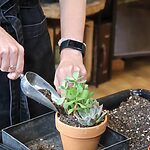
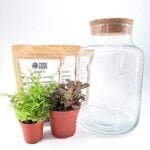
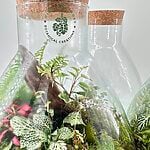
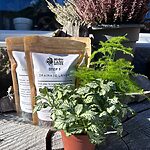
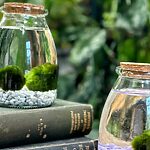
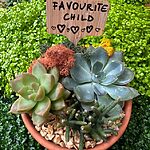
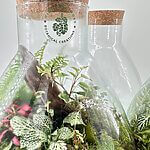


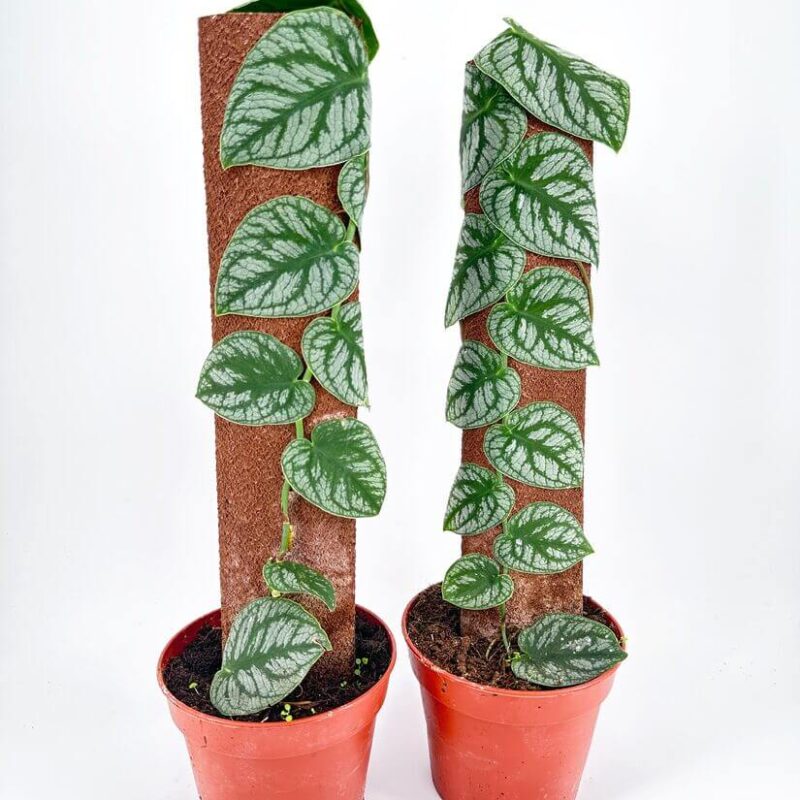

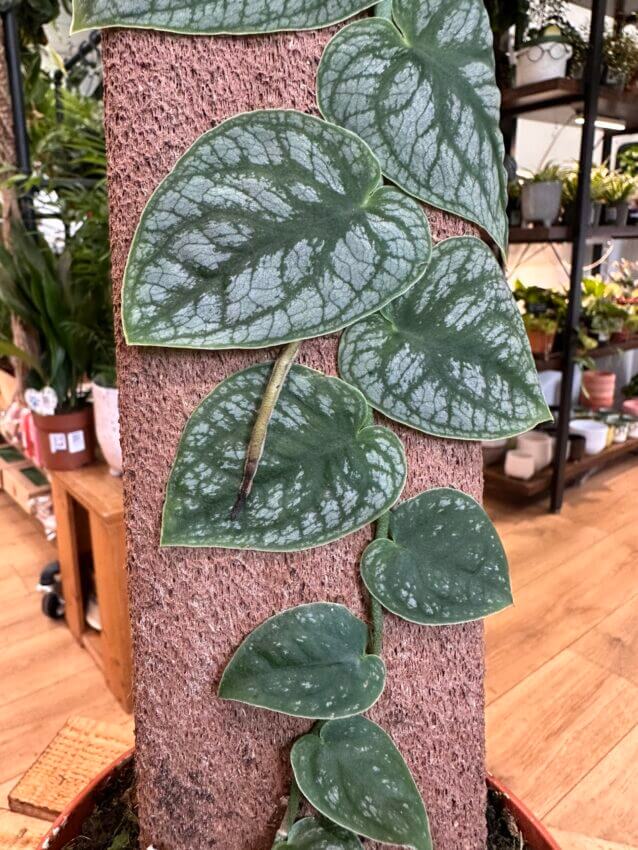
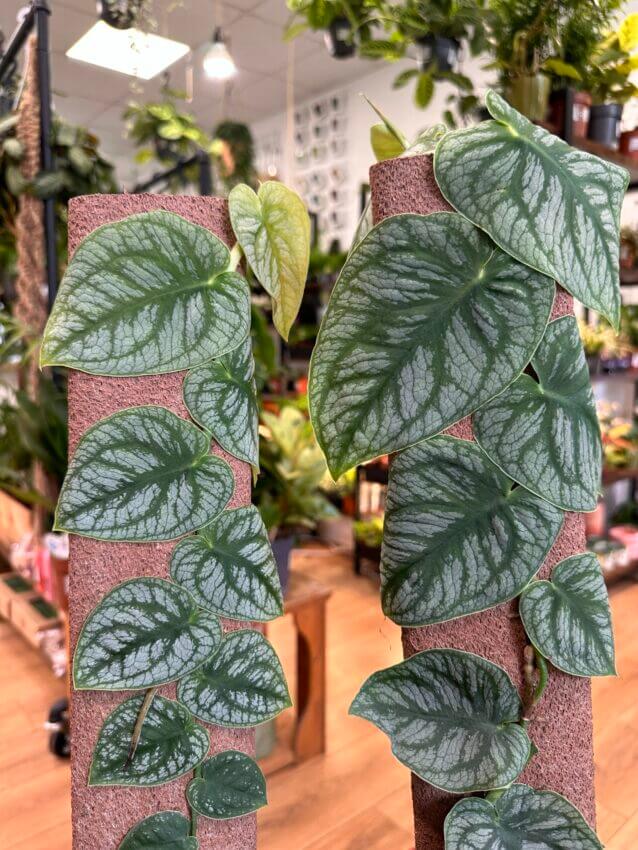


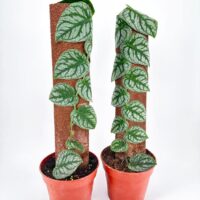

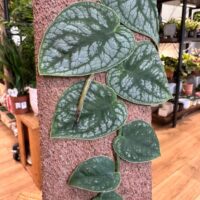
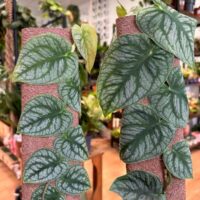
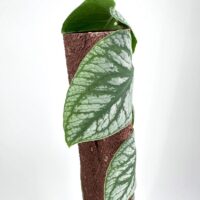
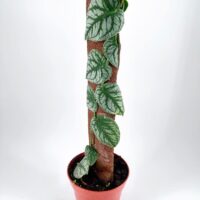
A great website, with some beautiful items that are well presented. Perfect free gift provided and delivery was super quick, with good packaging too! Thank you.
Arrive quickly, well packaged and exactly as described, although the post office clearly missed the huge, live plant, and fragile stickers🤣
Very fast delivery, website easy to navigate
Excellent plants in good condition which we were very well packed for delivery.